Santa Barbara Superbloom Guide
Where to Find Regular Crowd-Pleasers, Rare Specimens, and the “Fire-Followers”
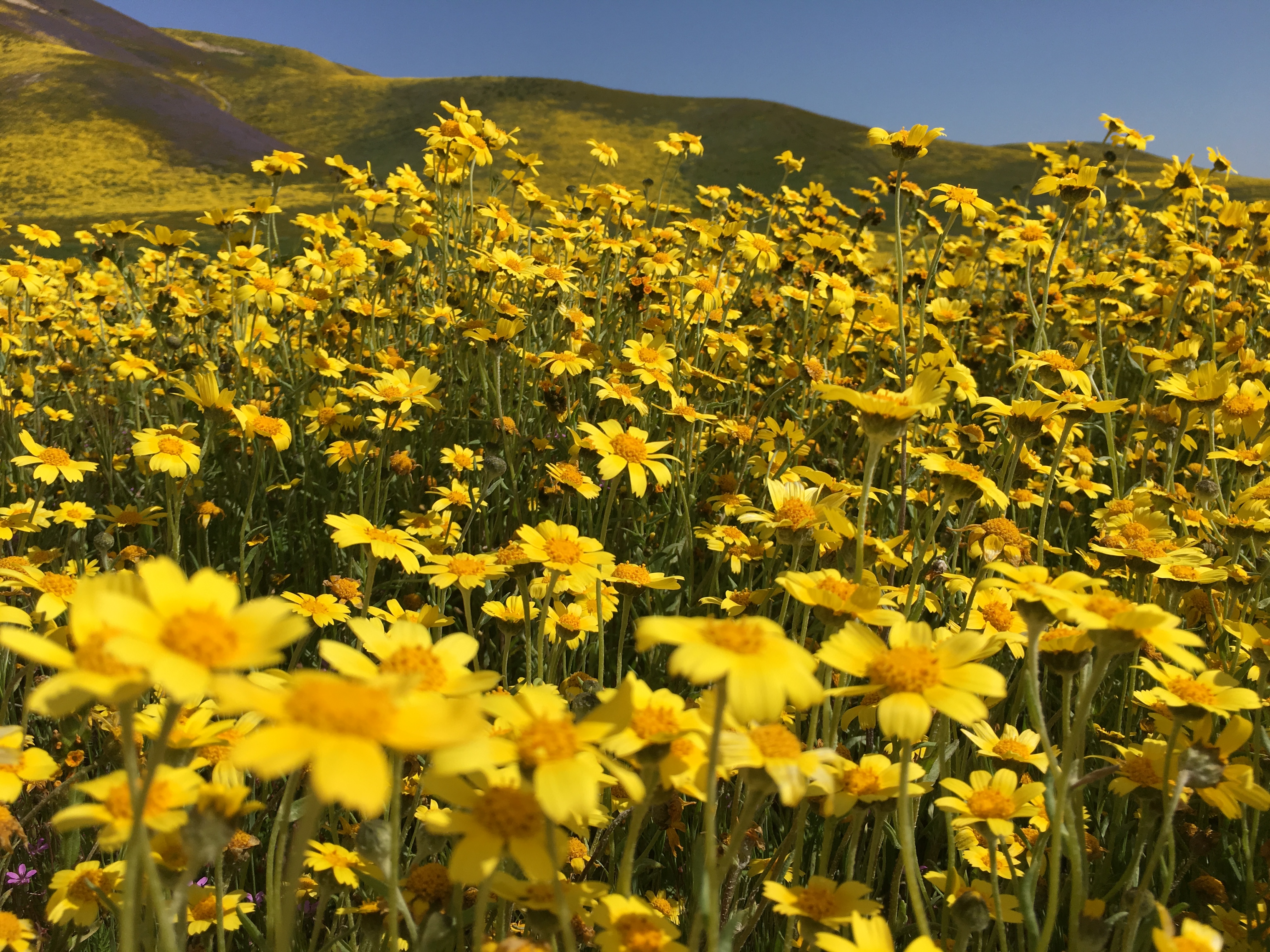
A psychedelic
With the crowds, though, have come traffic jams, park closures, and firm reminders about the right way to appreciate nature. Luckily, we here in Santa Barbara don’t have the same congestion issues, and we don’t have to go far to enjoy the show. Let’s keep it that way, rangers ask ― stay on trails, keep dogs leashed, don’t block the road, don’t pick the flowers, and don’t collect seeds. And if you haven’t had a chance to catch a glimpse, don’t panic. The flowers should continue blooming for the next several weeks.

Grass Mountain, which sits close to Figueroa Mountain in the Santa Ynez Valley, is now painted thick with poppies and lupine. Near the base, shiny buttercups, milkmaids, and fiddlenecks are in bloom. A little ways up are shooting stars, popcorn flowers, and Johnny jump-ups. All over are fields of ceanothus that look like sprinklings of snow. That’s according to the observations of Helen Tarbet, a Los Padres National Forest ranger who this time of year publishes her biweekly Figueroa Wildflower Update newsletter. Email Tarbet at htarbet@fs.fed.us to get on her list.
Chocolate lilies and goldfields can be found at Vista Point, while Sunset Valley ― normally slow to blossom ― is already awash in tufted yellow California poppies. Happy Canyon is just getting started with large orange poppies, blue dicks, and coreopsis. “The aromatic lupine scent is not filling the air yet,” Tarbet said, “but I have a feeling that it will soon.” The region’s last big bloom happened in 2017, and this year is shaping up to be even more spectacular.
Now is also the perfect opportunity to look for more uncommon species and “fire-followers,” said Dr. Heather Schneider, the Santa Barbara Botanic Garden’s rare plant biologist. There are approximately 2,000 kinds of native plants in Santa Barbara County; about 200 are considered rare. “Many of California’s annual plants can exist as seeds in the soil for decades, waiting for the right conditions to germinate,” said Schneider. “The combination of recent burns and wet conditions gives us the chance to see things that we haven’t seen for a long time.”
These more ephemeral blooms include the late-flowered mariposa lily, Catalina mariposa lily, pale yellow tidytips, Humboldt lily, and Santa Ynez false lupine. Schneider said she recently spied a collection of Humboldt lilies in the creek area of the Jesusita Trail as well as a number of late-flowered lilies ― an exceptionally beautiful and charismatic flower native only to Santa Barbara and Ventura counties ― along the Tunnel Trail. “All front country trails have the potential to have really nice blooms this year,” said Schneider.

Fire-followers, like the fire poppy, large-flowered phacelia, and golden eardrops, appear in burn scars after the heat either cracks open their seed casings or creates the necessary soil chemistry for germination. “We only get to see these for a few years, then they get crowded out and exist as seeds until the next fire,” said Schneider. Short-lobed phacelias are already coming up really well in the Thomas and Whittier scars, she said.
Sometime this spring, the Botanic Garden will host a rare plant treasure hunt. Check the website ― sbbg.org ― in the next few weeks for details. On March 31, the Garden is hosting a day trip to the west end of Santa Cruz Island to look for checker blooms, Santa Cruz Island liveforevers, and San Miguel locoweed. In the meantime, Schneider recommended downloading the iNaturalist app on your smartphone to record and share observations with researchers all over the country. But with the color also comes favorable conditions for invasive species. “It’s a mixed bag,” Schneider remarked. Nonnative mustards and prolific European grasses can wreak havoc, and it’s a good opportunity to revisit conversations about management.
Maybe the most excited for the superbloom are the pollinators. The Central Coast has been absolutely “inundated” with painted lady butterflies, said Schneider, and just the other day the air was thick with swallowtail butterflies above Humboldt lilies on the Romero Canyon Trail. A handful of Crotch’s bumblebees, one of the few bee species native to Santa Barbara, were busy on endangered salt marsh bird’s-beak in the Carpinteria Salt Marsh. “It’s just fantastic,” she said.

Figueroa Mountain Wildflower Guide | Provided by the Los Padres National Forest’s Santa Lucia Ranger Station

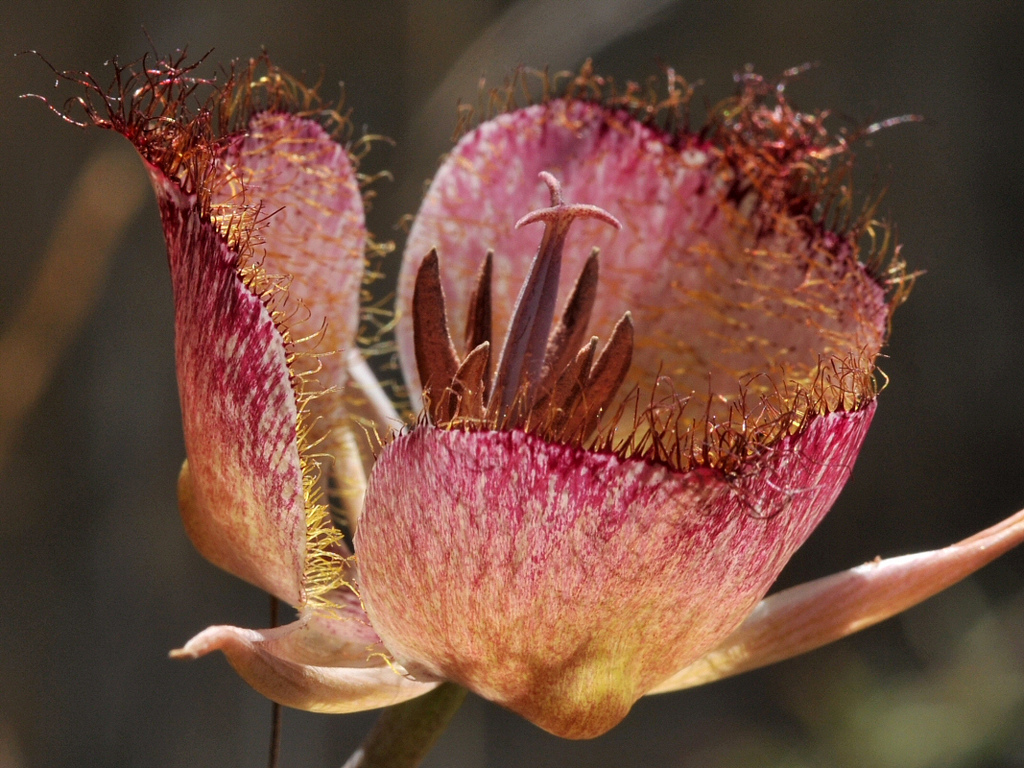

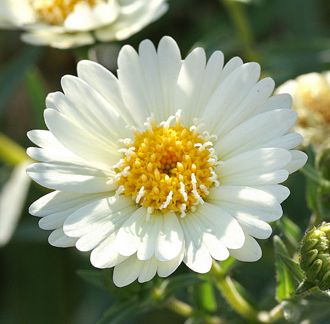
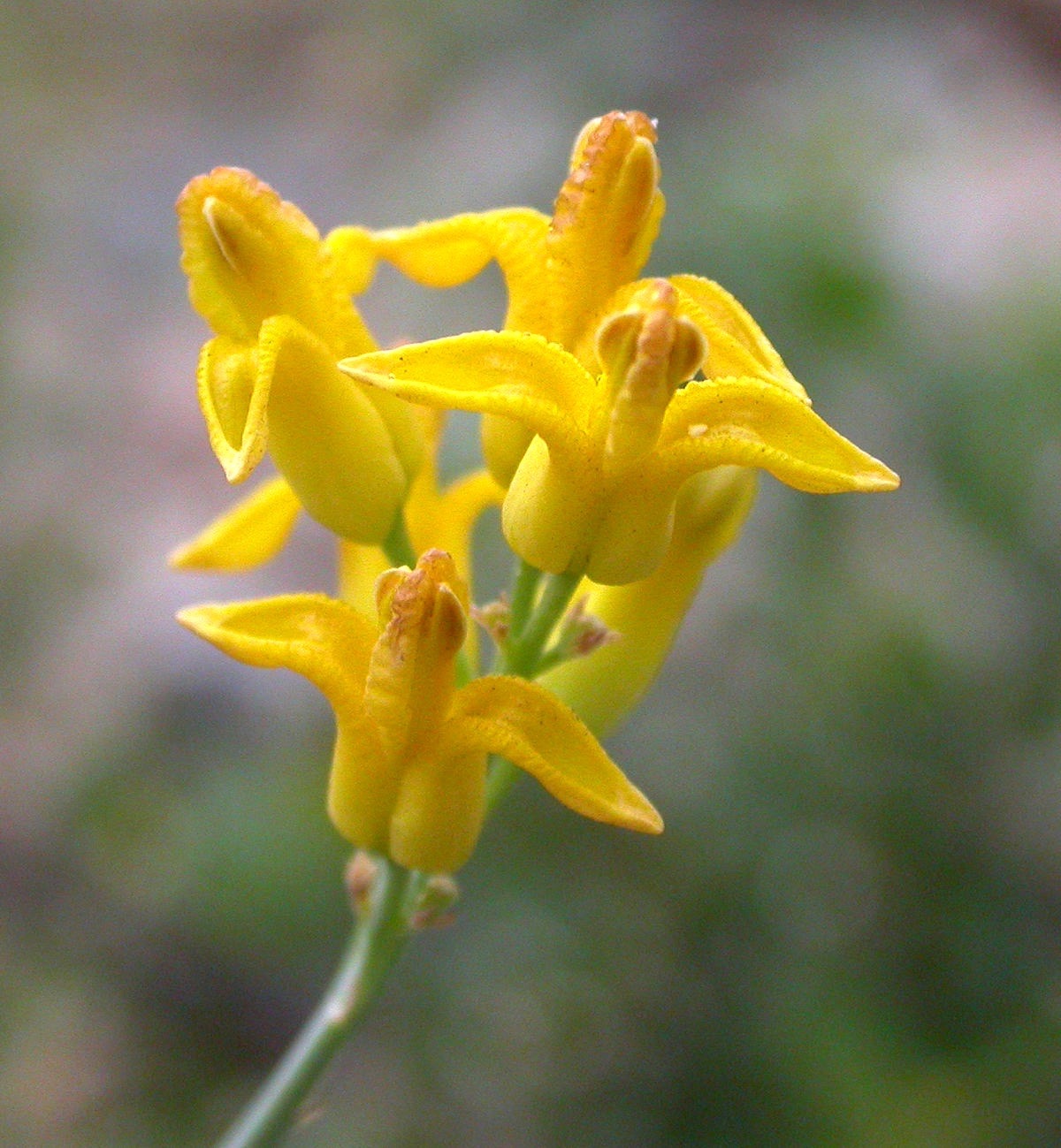
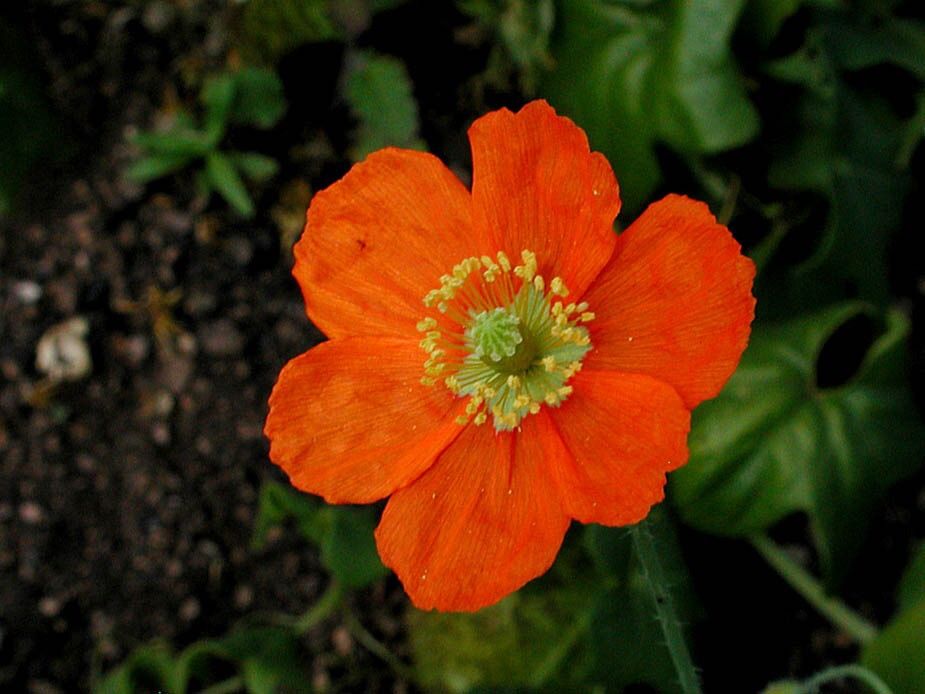
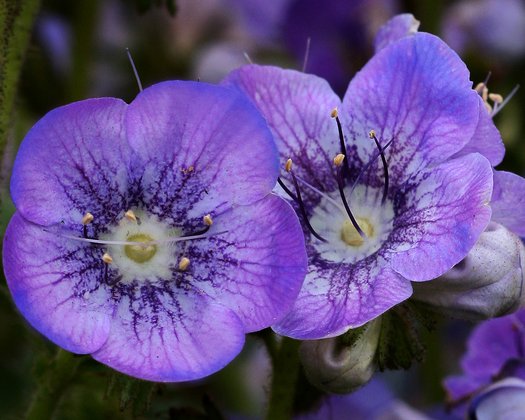


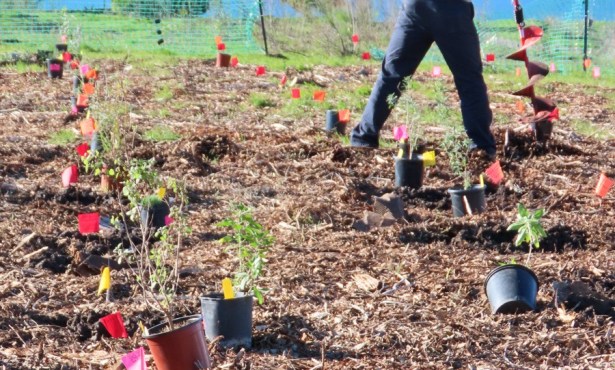
You must be logged in to post a comment.